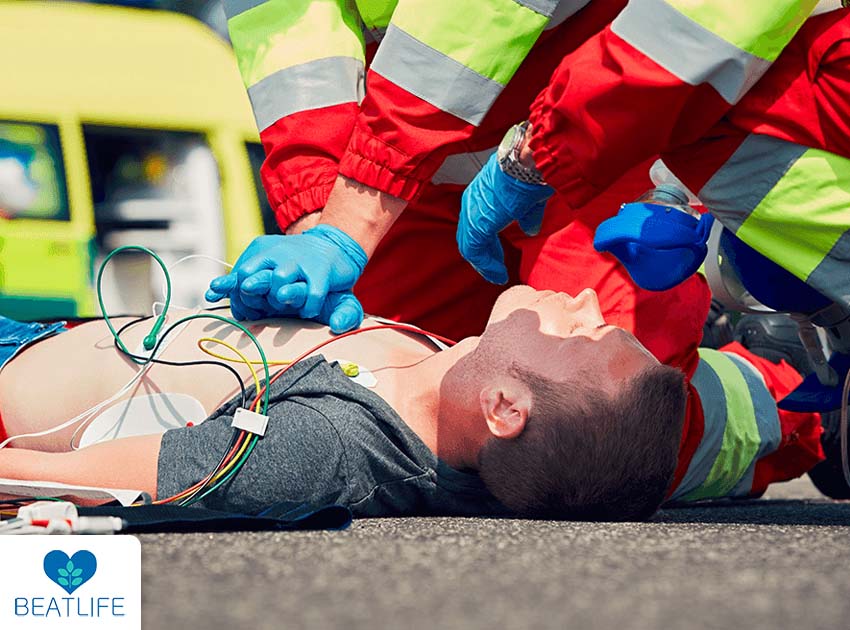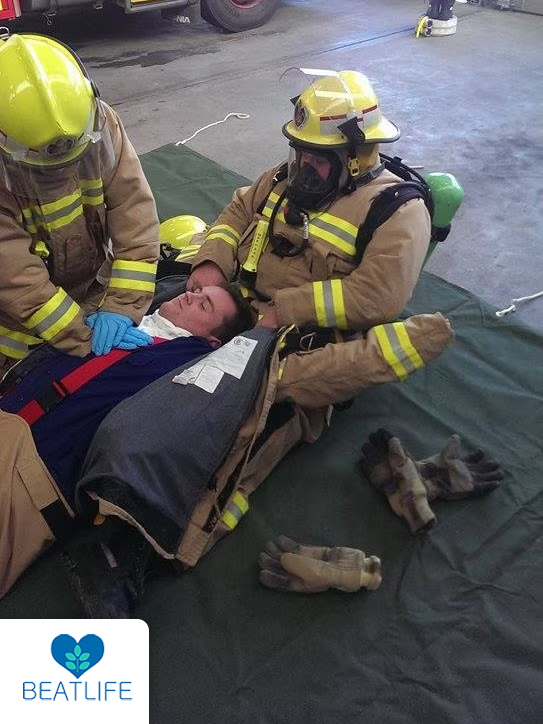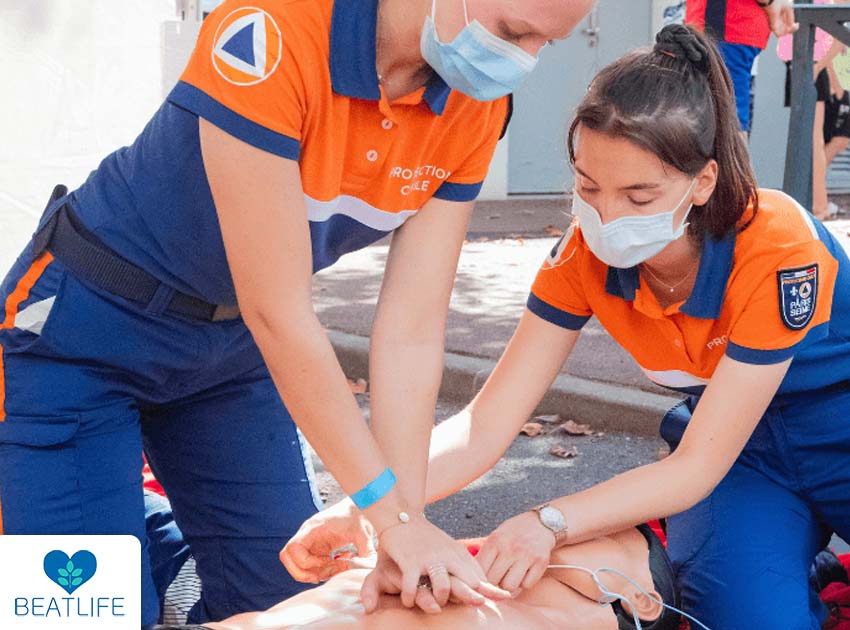In cases of abrupt cardiac arrest, cardiopulmonary resuscitation (CPR) is a life-saving technique that can make all the difference between life and death. For rescuers, understanding how can rescuers ensure that they are providing CPR correctly is of utmost importance. We will go over the actions that rescuers should take to make sure they are administering CPR correctly in this extensive guide. We’ll go over the detailed procedure, CPR for young toddlers and babies, and when CPR should be used (and when it shouldn’t). After reading this tutorial, you should be prepared to administer CPR when it counts most successfully.

Contents
How can rescuers ensure that they are providing CPR?
The first step in performing efficient CPR is preparation. Prioritizing their safety and the victim’s protection above all else, rescuers should look for any imminent dangers. It is imperative that you make immediate contact for expert assistance, such as emergency medical services (EMS). In some situations, such as when the person is gasping, unconscious, or not breathing, it is best to begin CPR at least once. This is the first step in answering the question of how can rescuers ensure that they are providing CPR effectively.
In addition to making sure that the victim is lying on a solid, level surface, rescuers should move them to a safer area if needed. Assessing the victim’s responsiveness is the next stage. To check for signs of life, give them a little tap and give them a yell. It’s time to check the victim’s breathing if they do not answer. To check for regular breathing, lean in close to their mouth and nose and observe, listen, and feel. Ten seconds is how long this process should take at most. If the victim is not breathing or only gasping, it is time to initiate CPR, and this is a significant part of the answer to how rescuers can ensure that they are providing CPR.

CPR step-by-step
The procedure for doing CPR is methodical and may be recalled by utilizing the abbreviation CAB, which stands for Compressions, Airway, and Breathing. How can rescuers ensure that they are providing CPR effectively using the CAB approach? Let’s examine it:
- Chest compressions should be performed first. Step next to the victim, bend down, and place the heel of one hand on the middle of the chest, somewhat below the line where their nipples should be. Interlock your fingers with the other hand that is on top. Compress the chest with your upper body weight while locking your elbows. This is a crucial aspect of understanding how can rescuers ensure that they are providing CPR correctly.
- Airway: Open the victim’s airway following thirty compressions. Raise the chin and tilt the head back. This maneuver should clear the airway and allow for better breathing, an essential step in the process of how can rescuers ensure that they are providing CPR effectively.
- Breathing: Give two rescue breaths. Pinch the victim’s nose and create a seal over their mouth with yours. Breathe into the victim’s mouth until you see their chest rise. Each breath should take about one second, answering the question of how can rescuers ensure that they are providing CPR effectively.
Understanding how rescuers may make sure they are performing CPR correctly is crucial. This involves continuing the cycle of 30 chest compressions and 2 rescue breaths. Until the sufferer exhibits signs of life or expert aid comes, this cycle should be continued.
CPR for children and infants
Knowing that infants and kids require somewhat different CPR procedures is essential to discussing how rescuers may make sure they are performing CPR in the appropriate age group. For kids (up to puberty), apply the same CAB strategy. The compression rate, which stays at 100–120 compressions per minute, and depth, which is around 2 inches, are different. How can rescuers make sure they are performing CPR on newborns (up to age 1) effectively? The solution is to use two fingers (the middle and ring fingers) to conduct compressions and aim for a depth of roughly 1.5 inches.
When to use CPR and when not to
In emergencies, rescuers must do successful CPR, and current technological breakthroughs have provided useful instruments to support this vital operation. The AED and CPRmeter, made by the BEATLIFE firm, are examples of CPR feedback devices that are essential for providing rescuers with the best possible CPR delivery. By assisting rescuers in maintaining the proper compression rate, depth, and breathing during resuscitation attempts, these devices offer real-time assistance that improves the likelihood of a good result. Rescuers should be properly trained to operate these tools and recognize the particular circumstances that call for CPR.
As important as it is to identify the situations in which CPR is required, it is just as important to know when it is not. Giving CPR to someone who is still breathing or has a pulse might be ineffective or even dangerous. For example, those who are choking or have respiratory problems need to get other first aid procedures instead of CPR. In this case, using CPR feedback devices can be especially helpful in precisely determining the victim’s state. The crucial subject of how rescuers can make sure they are performing CPR with accuracy and care is further reinforced by the fact that by combining their understanding of when to use CPR with the help of these cutting-edge gadgets, rescuers may increase their efficacy and give timely and appropriate care.

